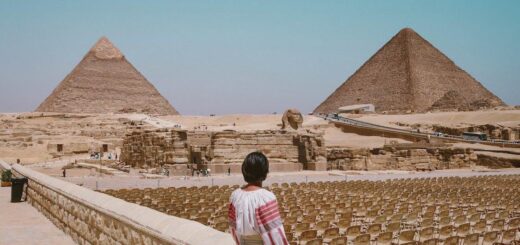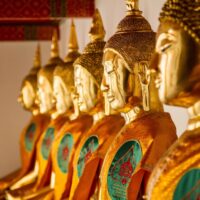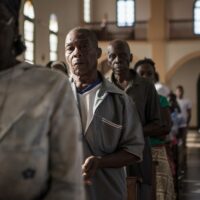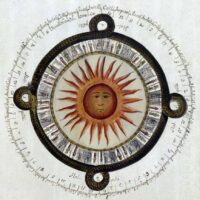Bengali calendar
The Bengali calendar (Beng. বঙ্গাব্দ) is a solar calendar that is used in Bangladesh and some eastern states of India (West Bengal, Assam, Tripura).
The beginning of the year falls on April 14 in Bangladesh and April 15 in India. Bengali lags behind the usual Gregorian calendar by 593-594 years. That is 2010 A.D. e. equal to 1416 according to the Bengali calendar.
The origin of the calendar is associated with the ancient king Shashanka, who ruled the Bengali kingdom around 590-625. However, the calendar was finally formed in 1585 under the Mughal padishah Akbar the Great. The Bengali calendar is divided into six seasons, each of which has two months.
The Bengali week consists of seven days, named after celestial objects:
Monday (beng. সোমবার – shombar) – Lunar deity.
Tuesday (Beng. মঙ্গলবার – Mongolbar) – Mars.
Wednesday (Beng. বুধবার – budhbar) – Mercury.
Thursday (beng. বৃহস্পতিবার – brihoshpotibar) – Jupiter.
Friday (Beng. শুক্রবার – shukrobar) – Venus.
Saturday (beng. শনিবার – shonibar) – Saturn.
Sunday (Beng. রবিবার – robibar) – Sun Deity. The end of one day and the beginning of another is considered to be the sunrise.
In 1966, the Bengali calendar was reformed by a special commission at the Bangla Academy. The main innovation was the inclusion of an extra day every four years in accordance with the tradition of leap years in the Gregorian calendar. This should have helped to avoid the problem of accumulating extra minutes due to the incomplete equality of the duration of solar (24 hours) and sidereal days (23 hours 56 minutes 4 seconds). In 1987, Bangladesh officially began to use the updated calendar. However, West Bengal abandoned this idea.





















Recent Comments